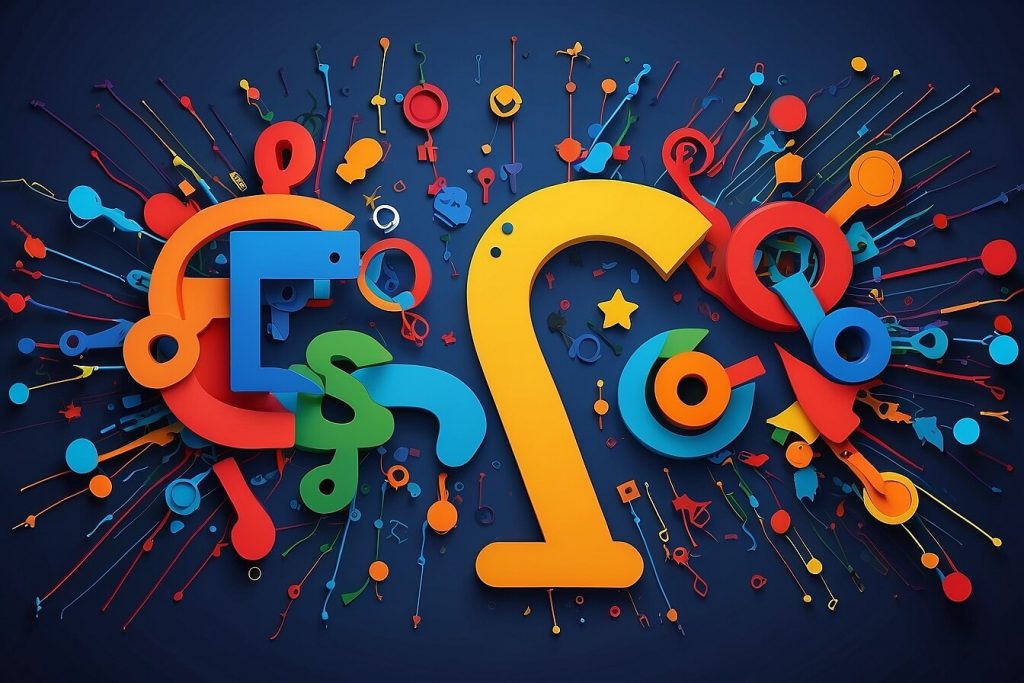AI-Driven A/B Testing for App Store Assets

Related Posts

AI-Powered Keyword Research for App Store Optimization
Understanding the Role of AI in App Store Optimization In today’s digital landscape, App Store Optimization (ASO) has become crucial for businesses aiming to stand out in app marketplaces. ASO encompasses various strategies and techniques aimed at improving the visibility...

AI-Driven Keyword Research: Maximizing SEO Impact
Understanding the Basics of Keyword Research Keyword research is the foundation of any successful SEO strategy. It involves identifying the words and phrases that your target audience is using to search for information, products, or services on search engines. By...

The Role of Machine Learning in Search Engine Ranking Algorithms
Understanding Search Engine Ranking AlgorithmsSearch engine ranking algorithms are at the heart of how search engines like Google, Bing, and Yahoo determine the relevance and quality of websites when users enter search queries. These algorithms aim to provide users with...
Table of Contents
hide
